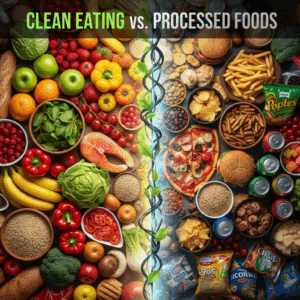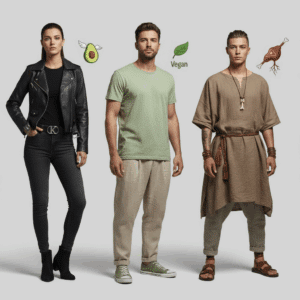The story of Coca-Cola is not just that of a popular beverage, but of a brand that crossed borders, social and cultural changes, and managed to become a global icon. From its humble origins as a medicine to its rise as a market giant, Coca-Cola has been, and continues to be, a symbol of innovation and adaptation. In this text, we will explore how a simple pharmacist's formula transformed into one of the largest empires in the beverage industry.
The Creation of Coca-Cola: Its Origin as Medicine and Its First Formula
It all began at the end of the 19th century, when the pharmacist John Stith Pemberton created Coca-Cola in 1886 in Atlanta, Georgia. Initially, the beverage wasn't considered a soft drink, but rather a medicinal one. Pemberton formulated Coca-Cola as a medicinal tonic to relieve headaches and fatigue, mixing coca leaves with cola nuts, two ingredients known for their stimulating properties.
At that time, the use of exotic plants in medicines was common, and the name "Coca-Cola" reflected the two main components of the formula. Although the original Coca-Cola contained a small amount of cocaine, it was removed from the product around 1904 due to regulatory and social issues.
However, this initial formula was not the same as we know it today. The flavor and formula evolved over time, but the basic idea of creating a refreshing and invigorating beverage remained.
The Rise of Asa Candler and the Transformation into a Popular Product
The real turning point in the history of Coca-Cola occurred when the businessman Asa Candler He purchased the rights to the formula in 1888. Candler, with his marketing vision, transformed Coca-Cola from a medicinal drink into a widely consumed and desired product. He invested heavily in advertising and distribution, and recognized the value of Coca-Cola's unique taste to establish a recognizable and accessible brand for everyone.
Asa Candler's Innovative Marketing Strategies:
- Print advertising: Candler invested heavily in newspaper and magazine advertisements, promoting the beverage's refreshing benefits.
- Free sample distribution: In an effort to reach as many consumers as possible, it distributed free samples, encouraging first contact with the brand.
- Coupons and prizes: Introduced discount coupons and promotions to increase sales and brand recognition.
These strategies helped Coca-Cola build a loyal consumer base and ensure its expansion. By the early 20th century, Coca-Cola was already a household name in the United States and was beginning to expand internationally.
Coca-Cola's Global Expansion
With sales growth and growing popularity, Coca-Cola began its global journey in the early 20th century. The brand expanded beyond the United States, reaching international markets, beginning with Canada and France in the 1920s. Coca-Cola's success was not only due to its taste, but also to the brand's ability to adapt to local needs, preferences, and history.
What many don't know is that Coca-Cola played an important role during the Second World War, when the company ensured its beverages reached American soldiers around the world. This move helped strengthen Coca-Cola's image as a symbol of friendship and happiness, while also expanding the brand to uncharted countries.
International Expansion and its Milestones:
- 1920s: Coca-Cola begins its expansion to Canada and France.
- 1930s: The drink is becoming popular in Latin America and select Asian markets.
- 1950s: Coca-Cola is consolidating its position in Europe and is beginning to establish a strong presence in African markets.
Throughout these decades, the brand continued to establish its global presence and history, growing and consolidating itself as a symbol of quality and consistency, no matter the location.
Marketing Innovations and the Rise of Iconic Campaigns
Coca-Cola was a pioneer in creating innovative marketing campaigns, leveraging diverse aspects of popular culture to consolidate its position as a market leader. The brand developed memorable campaigns that became part of cultural folklore, such as its Christmas campaigns.
Examples of Iconic Campaigns:
- Santa Claus and Christmas: One of Coca-Cola's most famous campaigns, which was responsible for popularizing the image of modern Santa Claus as we know him today. In 1931, Coca-Cola introduced Santa Claus dressed in red, created by artist Haddon Sundblom.
- “Open Happiness”: A more recent campaign, which reflected the idea that Coca-Cola represents moments of joy and optimism.
These campaigns helped connect Coca-Cola emotionally with consumers, making it more than just a beverage: a reflection of special moments and celebrations around the world.






